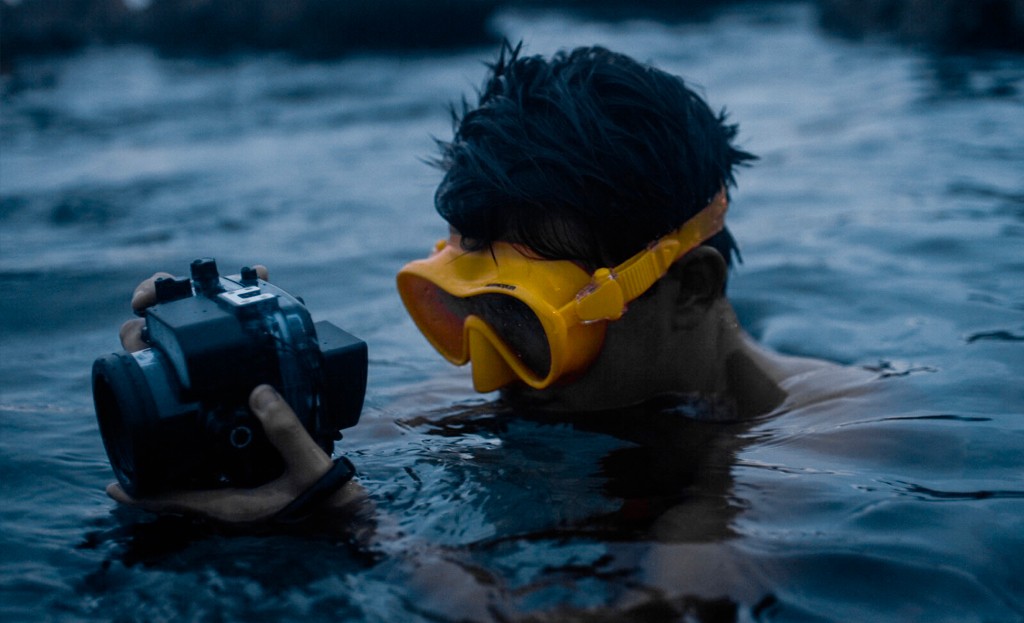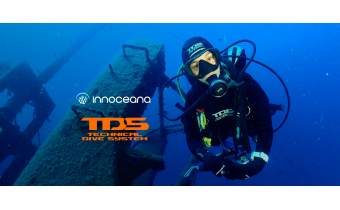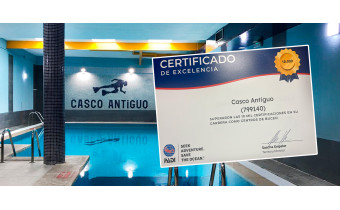
The first underwater photo or video equipment
On this occasion, we are going to give you some tricks and advice on what to do with the first underwater photo or video equipment the first time it is taken to a dive.
Many of you ask us for advice on what to do the first time the equipment is used on the water, so we are going to set some guidelines for you to do it as safely and confidently as possible.
The first thing to do when buying underwater photography equipment is to perform a pressure test on the case. Don't worry, just do a normal dive, but, this time, take the empty case with you and touch all the equipment controls. In this test, do NOT put the camera inside the case. Obviously, all the equipment is tested in the factory, but something can always happen beyond our control, and the only way to make sure that the equipment is in perfect conditions is by carrying out this simple test. Be careful, do not put anything inside the case because this action may create a water inlet problem. The case is designed for the camera, not for carrying other objects. Once the test dive has been carried out, if the result is correct, you will be able to put the camera inside the case without any issues: it fulfills its purpose and is watertight. First step done!
Normally, if the case has a structural or manufacturing failure, it will always fail on the first dive, so it is recommended to do this procedure. If the equipment has been being used for a while and there is a water inlet, this is probably our fault because, as you know, water is unforgiving.
Now, let's see the other case, you finish the dive and go back to the diving center or the boat. Personally, I will give you the following tip: don't leave your underwater photo equipment in the tubs with freshwater at the centers. After putting in a lot of equipment, the tubs will have a high amount of salt and fresh water will not be correct. In addition, avoid impacts and future damages because, if a hard blow cracks the polycarbonate of the case, problems will probably go unnoticed until diving again, and there may be a high chance of losing the camera. That is why I recommend doing what I do: when I take a shower for freshwater rinsing, I do so with my equipment to wash the camera. However, freshwater rinsing is not just about pouring water. It is necessary to push and move all the controls on the case to rinse most of the salt water that is usually accumulated there.
Another tip that is very important: the main o-ring must be checked. When traces of dirt or sand are found, clean them because, if the O-ring has any foreign body, there is probably a major water inlet, which may damage the photo camera forever if it is not submersible.
The last tip of this post: everyone uses their own equipment. It may sound harsh but it's not, we discuss it below. I will get back to you quickly. Diving equipment, diving boat, photo equipment hanging from our diving jacket. Take off the equipment in the water and pass it to the boatman to lift and secure it on the bottle racks. Well, my equipment received a blow when putting it into the boat with another bottle, I didn't realize it until I got home and found that the case was cracked. Bear in mind that there is no reason why the boatman should know what is in our equipment. Thanks to this experience, I learned to leave my photo/video equipment hanging over the side of the ship with a line of about 2 meters or so. This prevents them from mishandling my things. So, what I always do is: I jump into the water, take my equipment, and enjoy. When it is my turn to leave, I hang it up and get on the boat, take everything off and, once I'm free, I calmly take the equipment without fearing that it might have received a blow. That's right! Very important! Remember to get it on the boat again, you won't be the first or the last to use the equipment as a buoy!
I hope we have helped you out. See you in the blue as always!
 Cookie preferences
Cookie preferences






